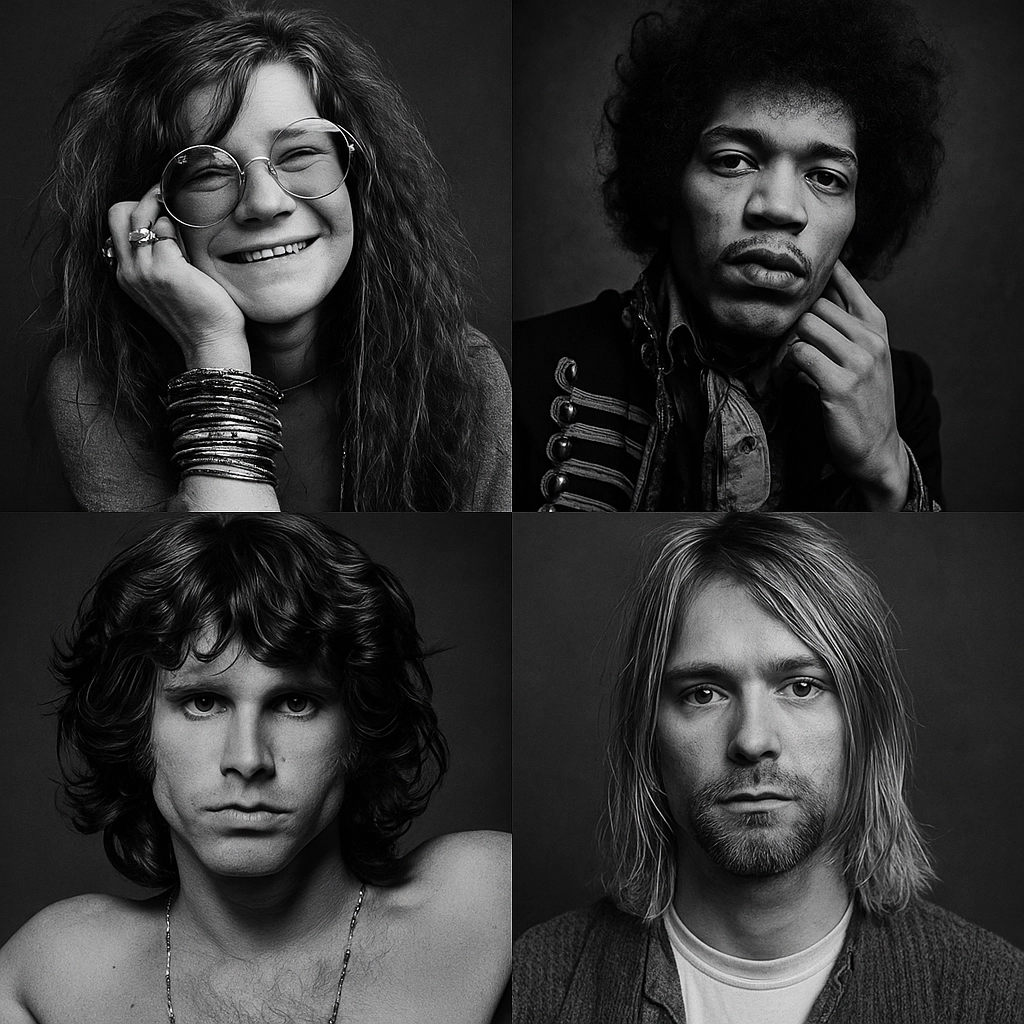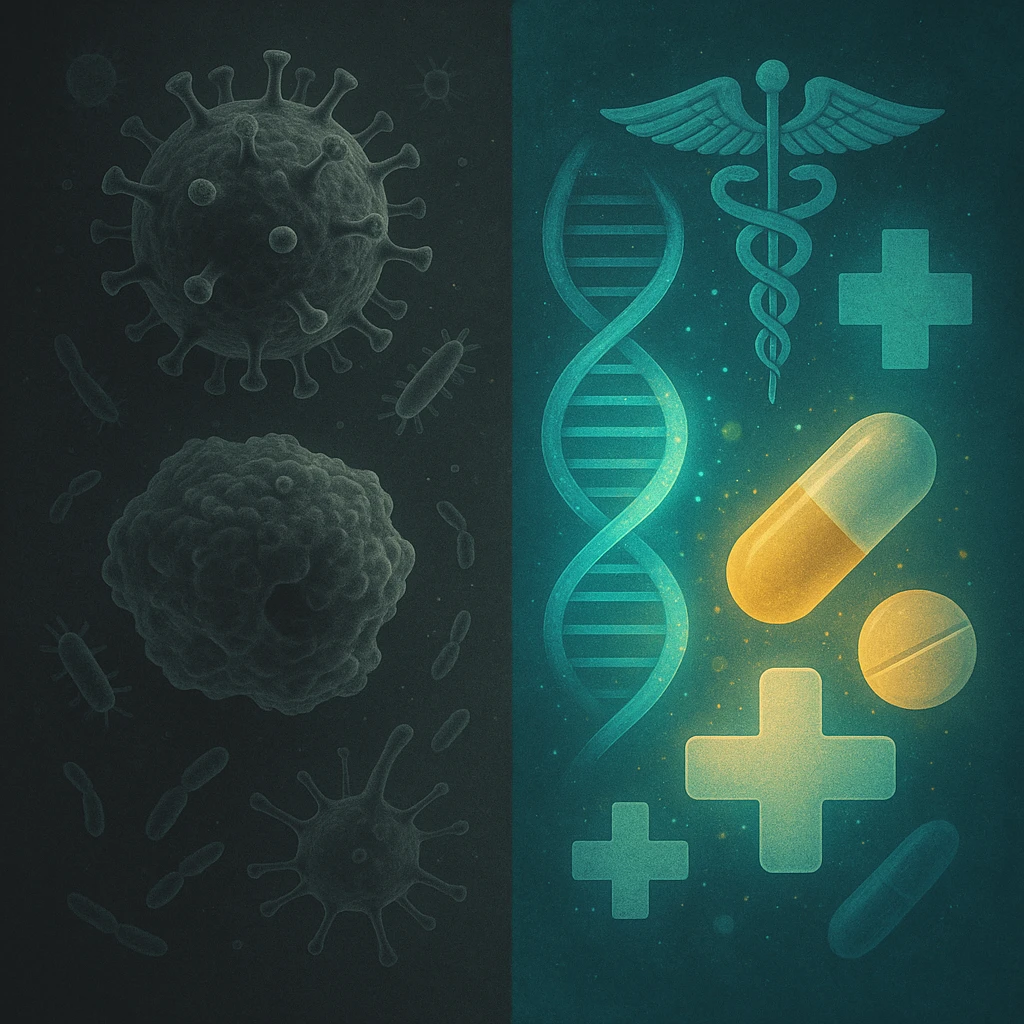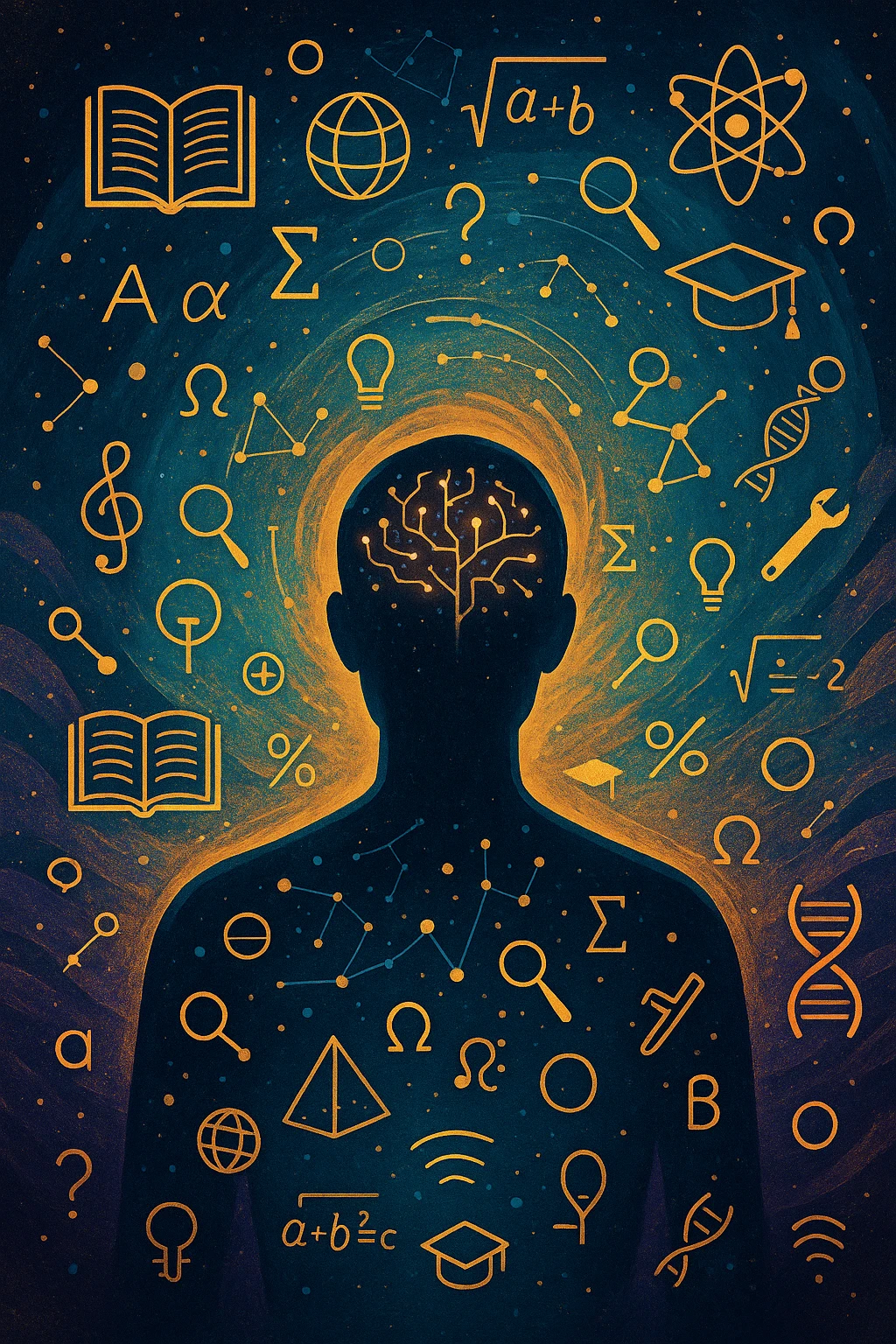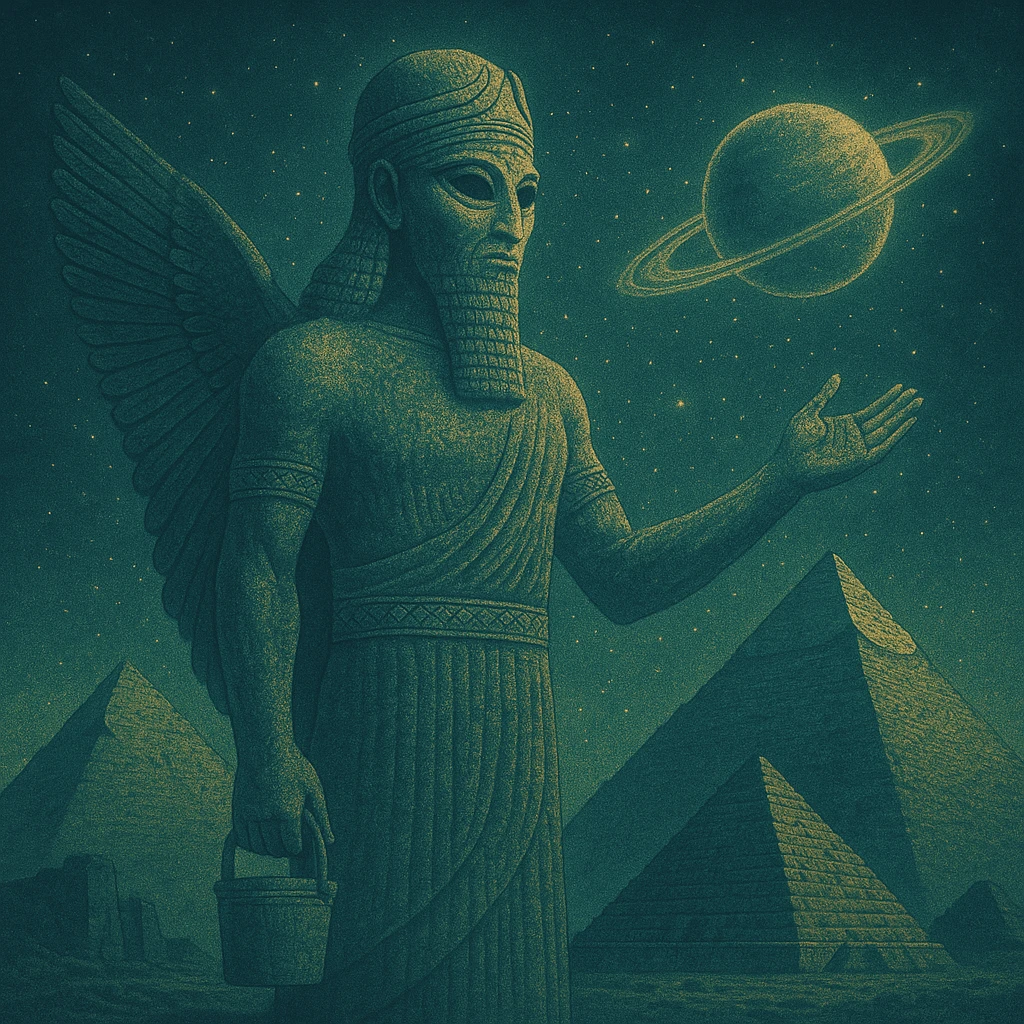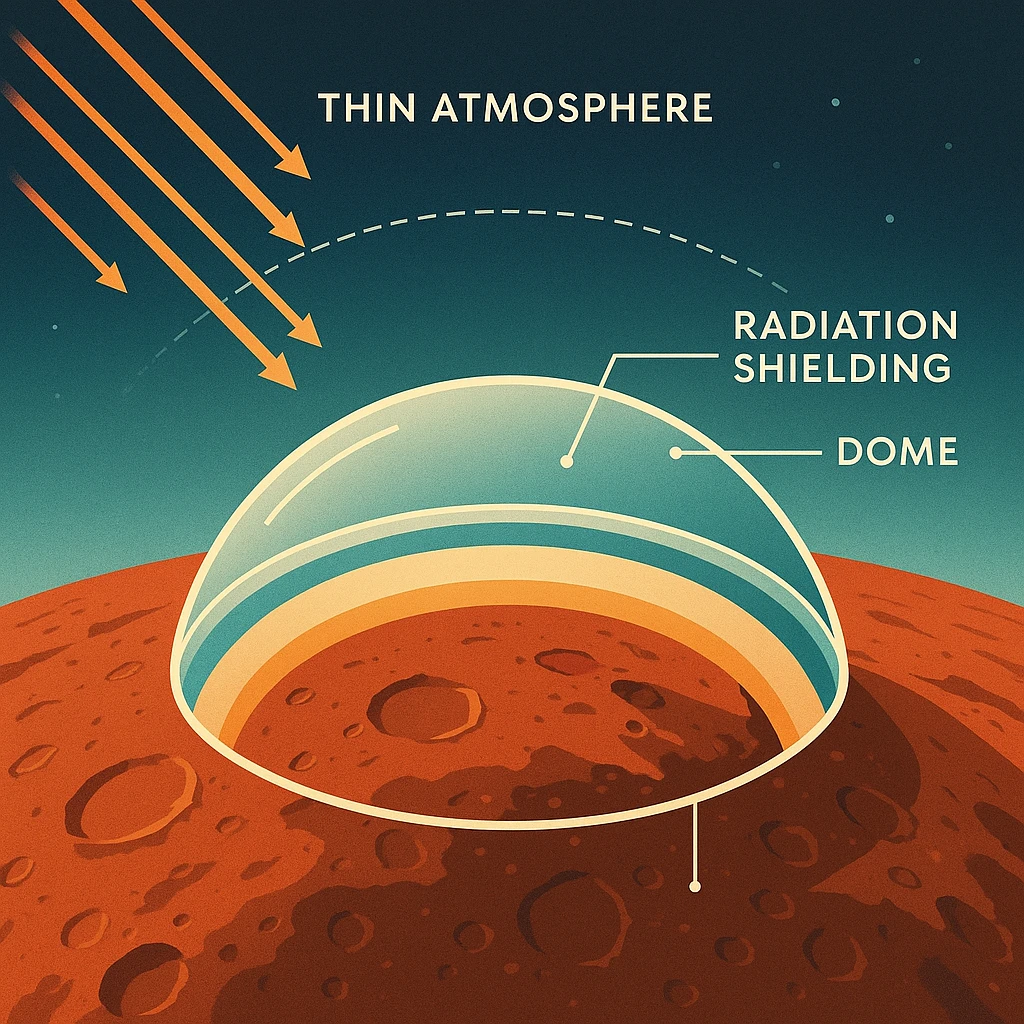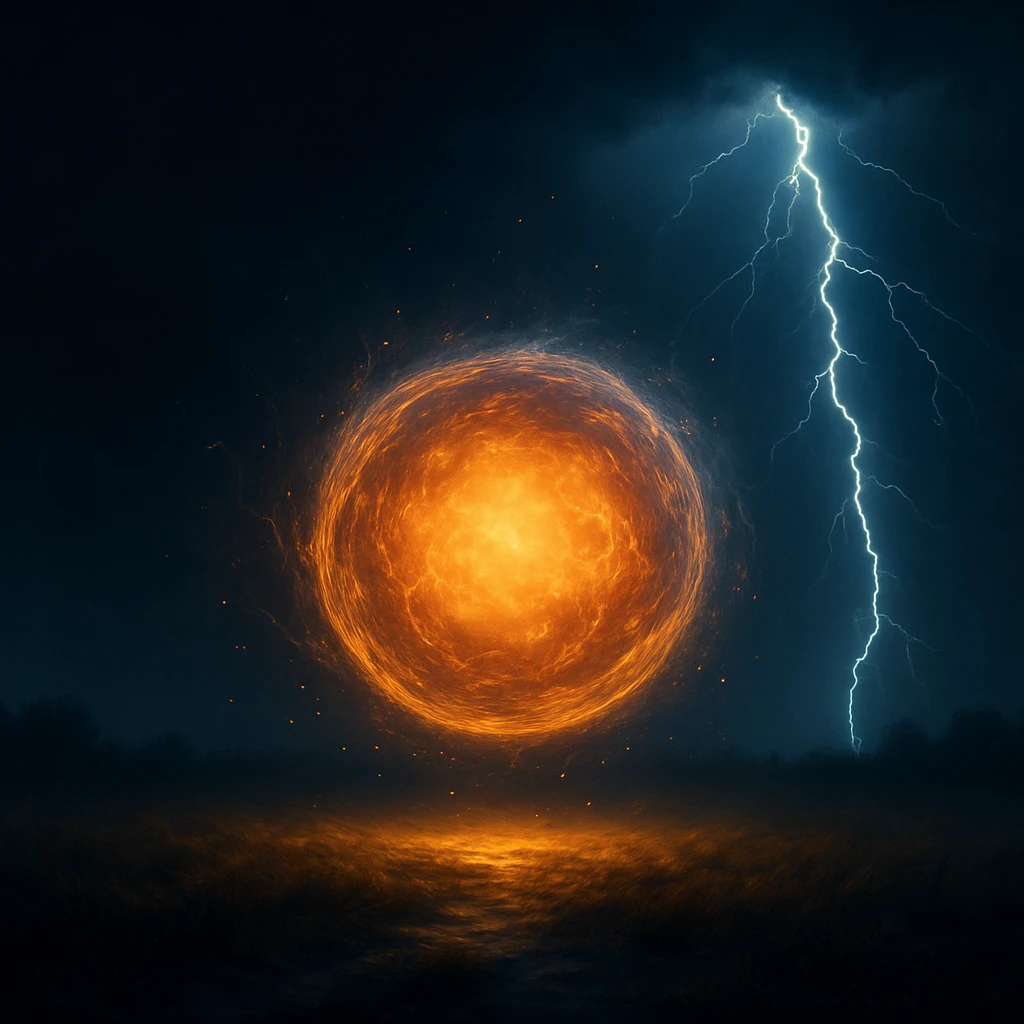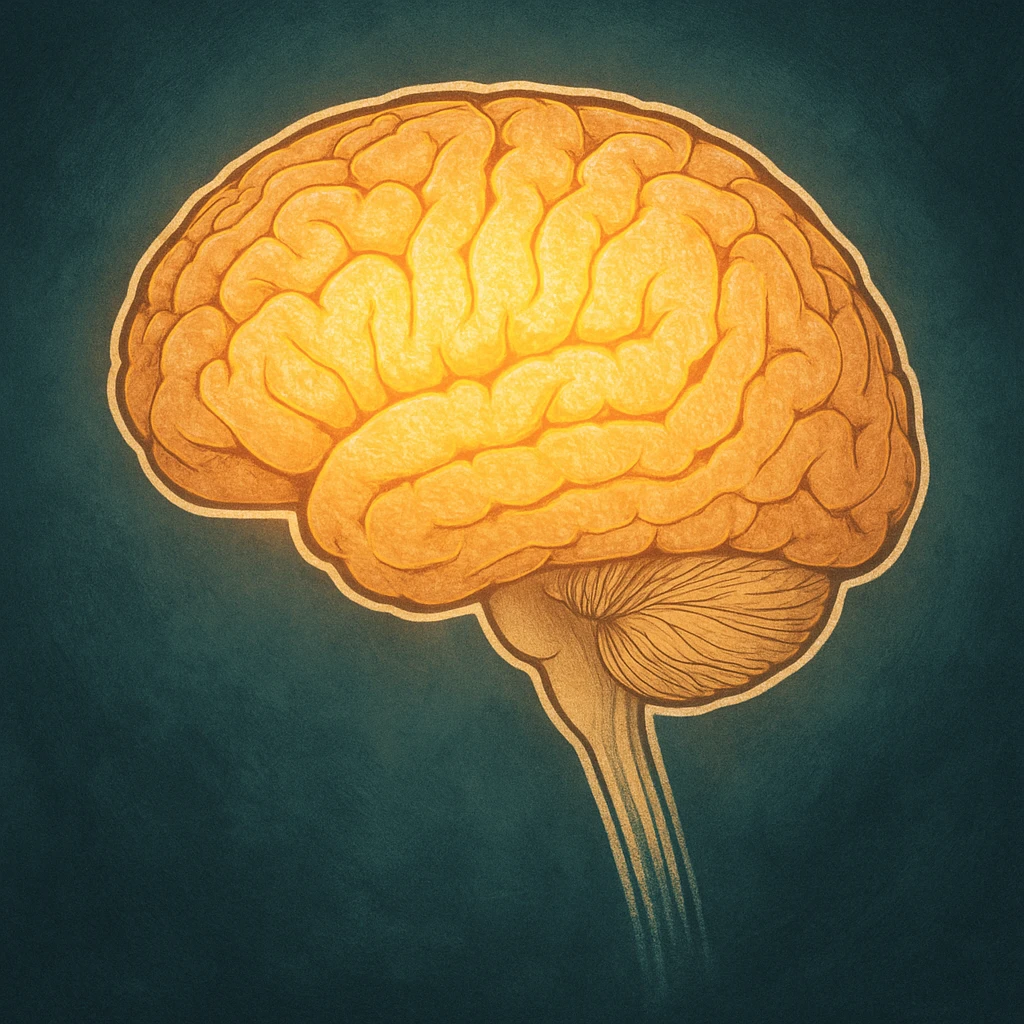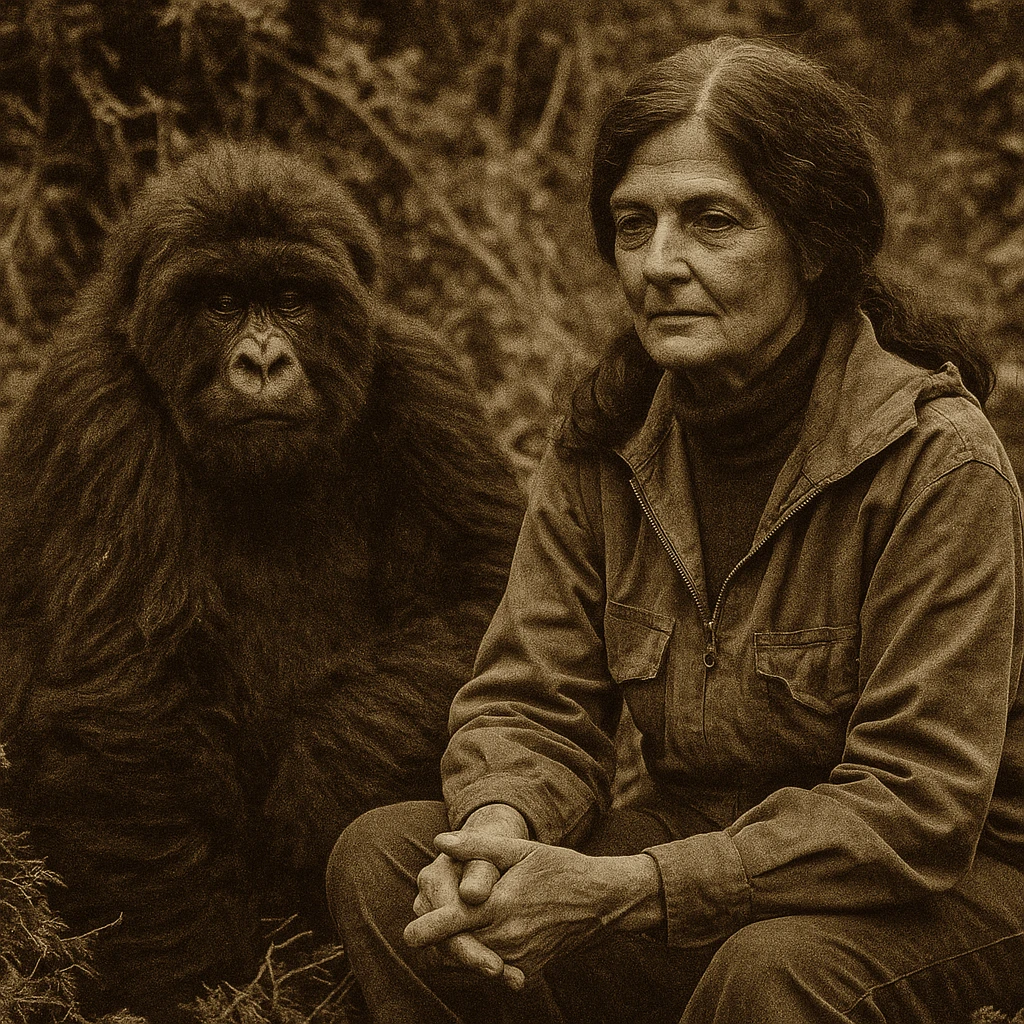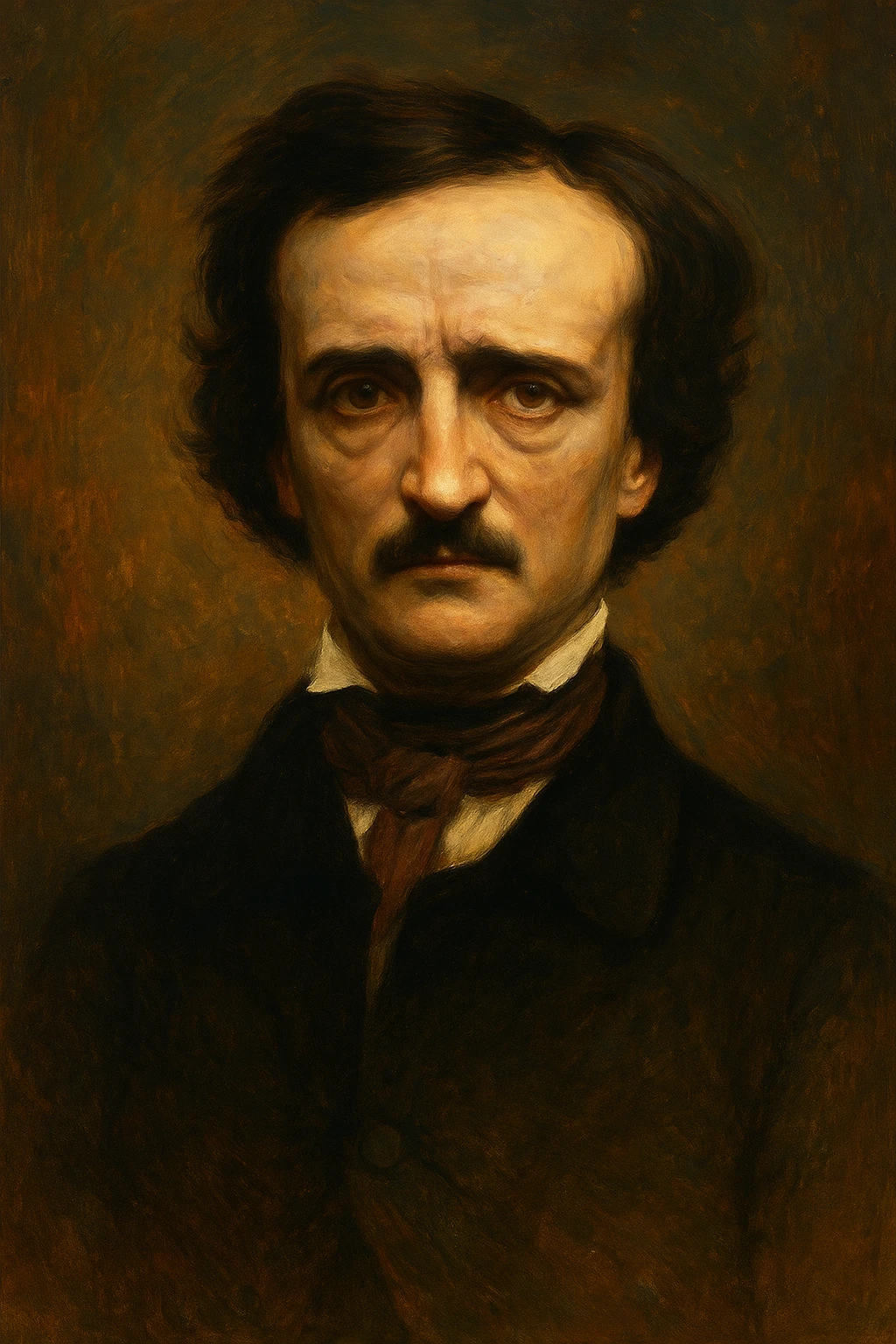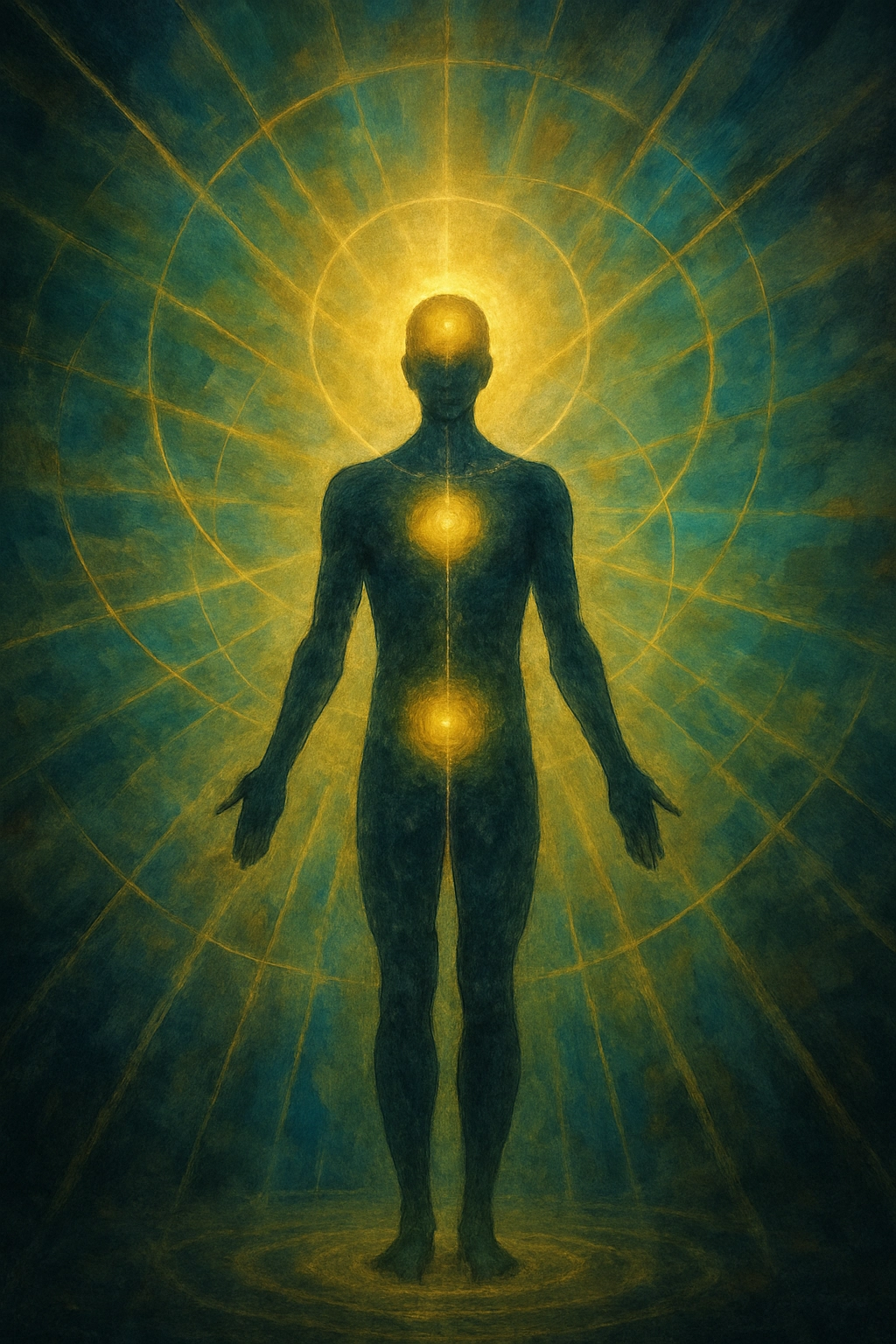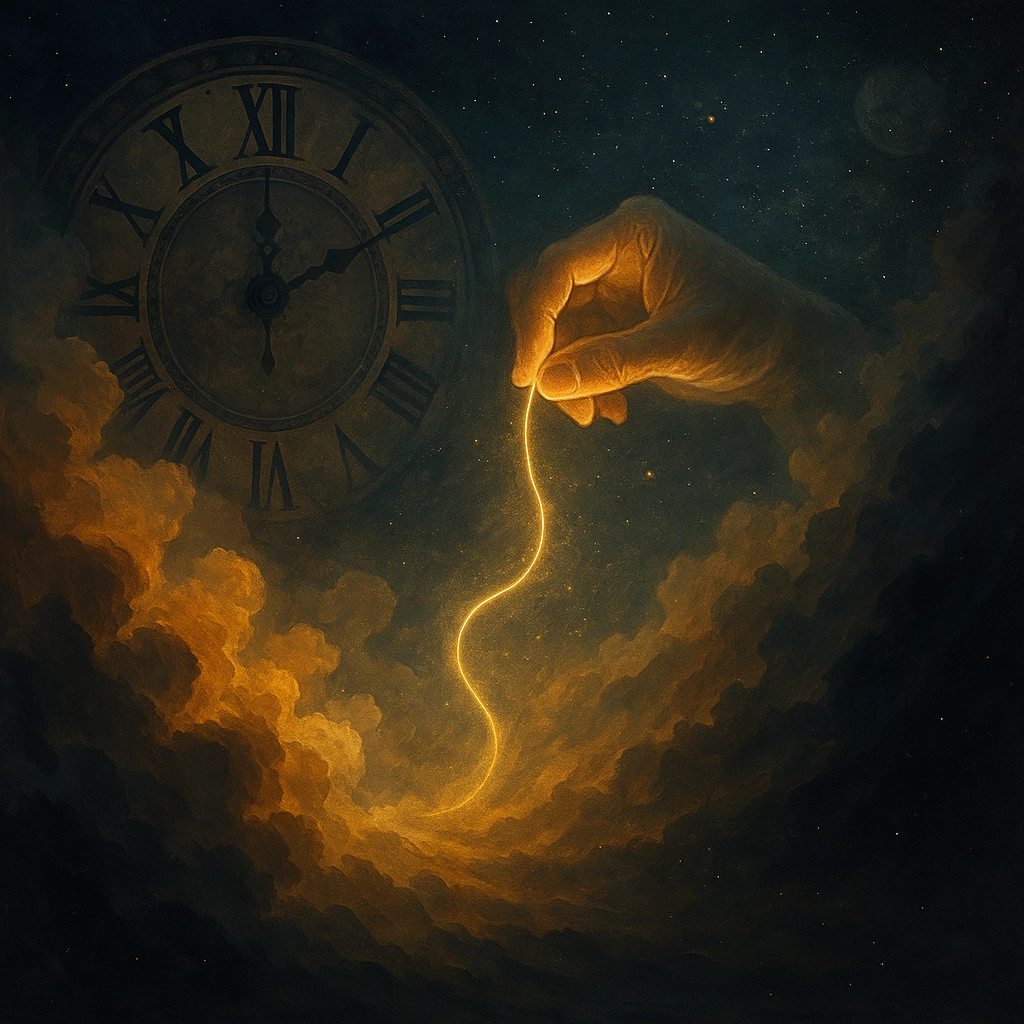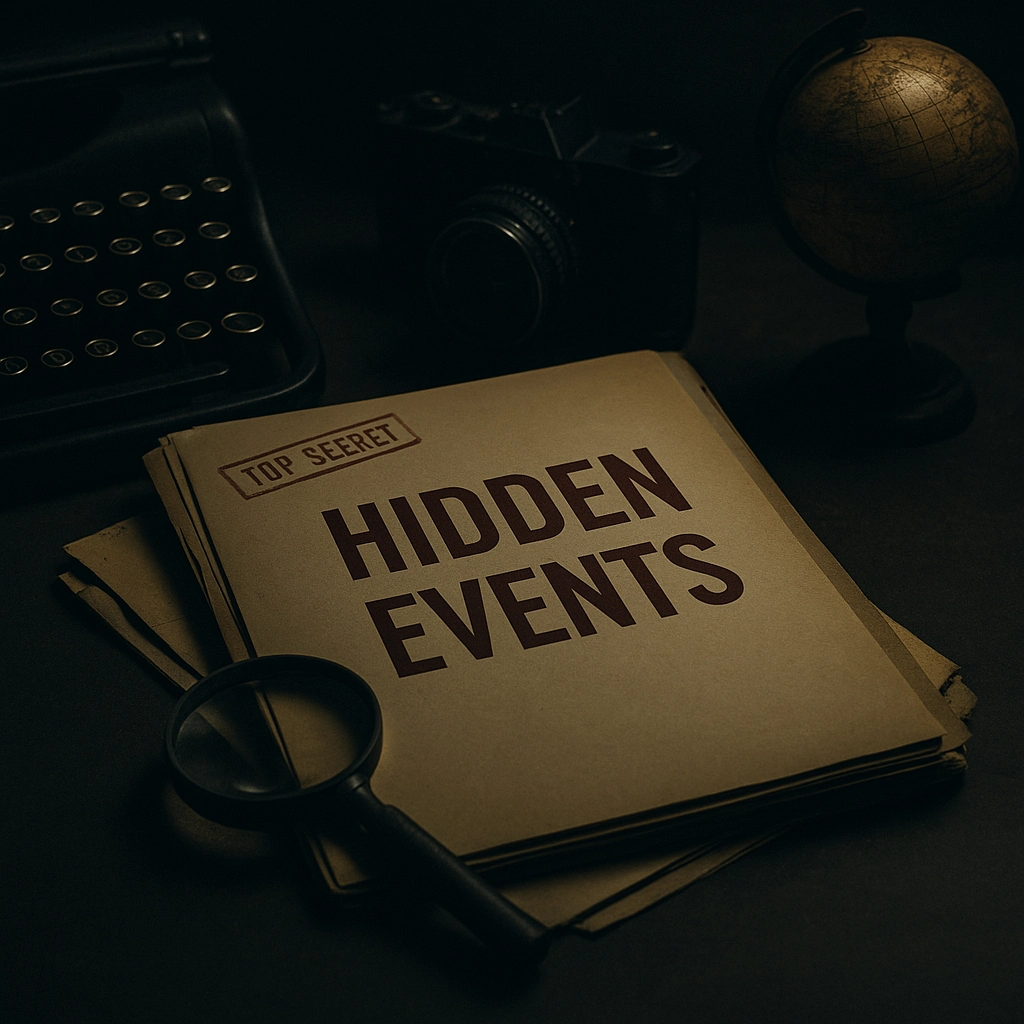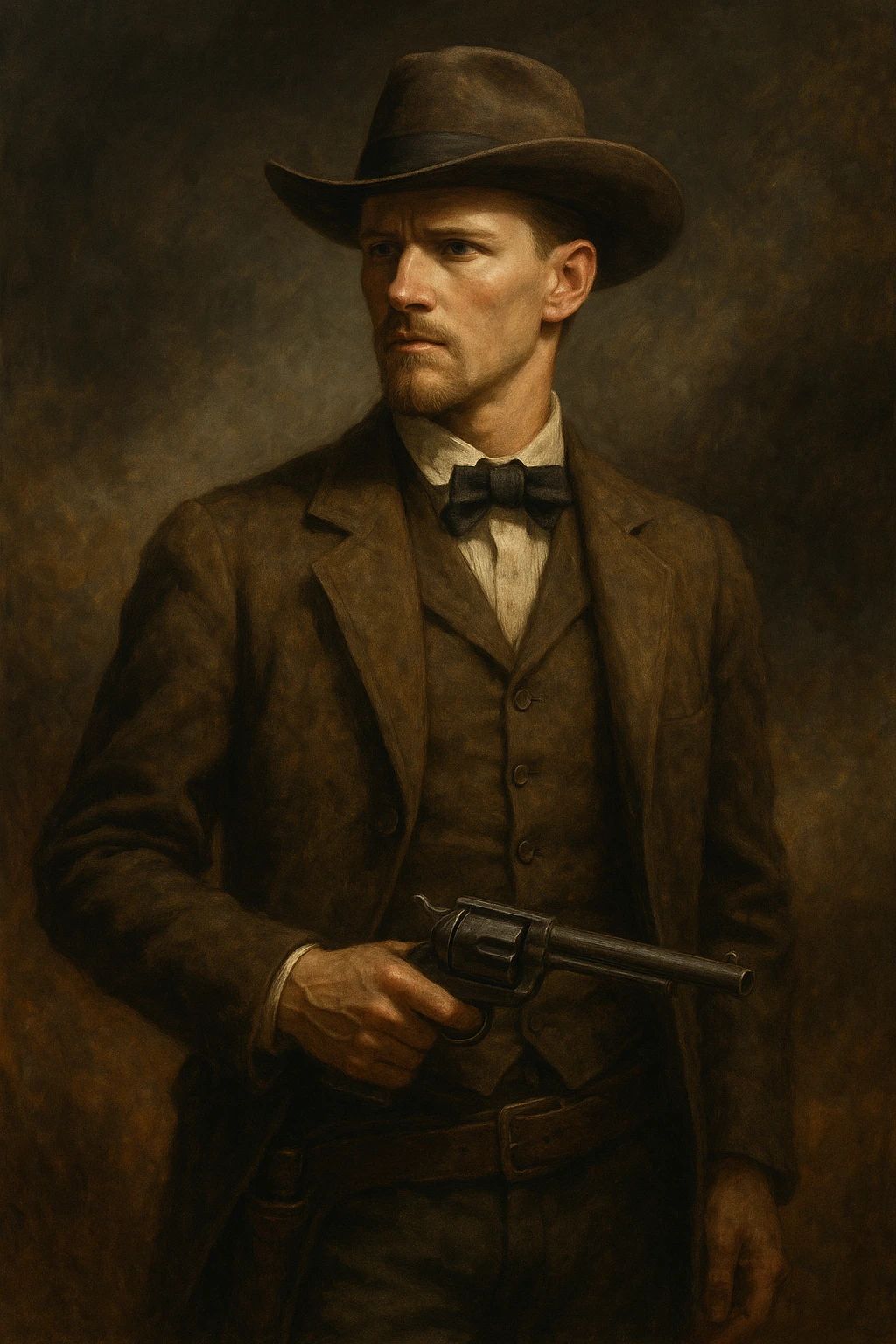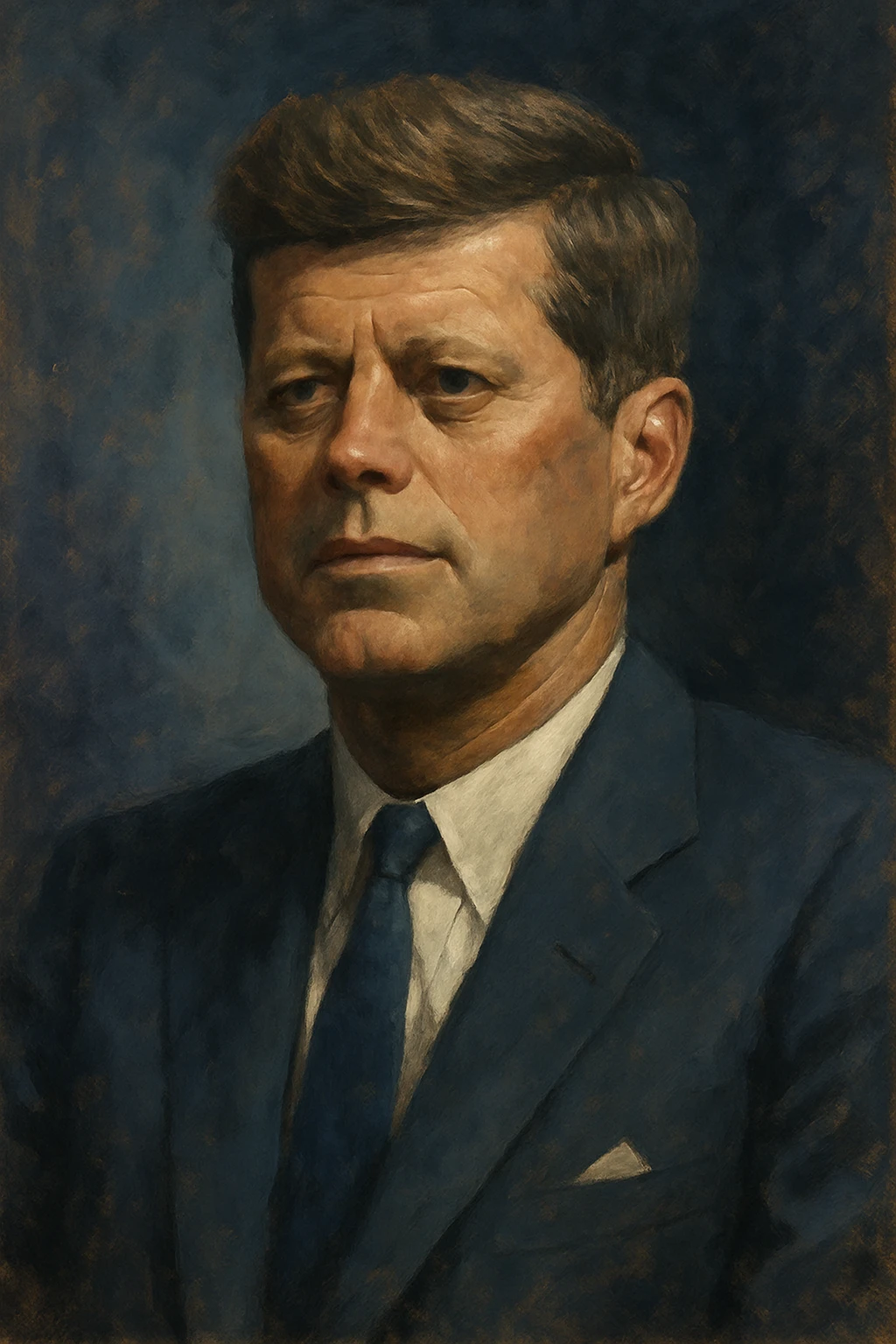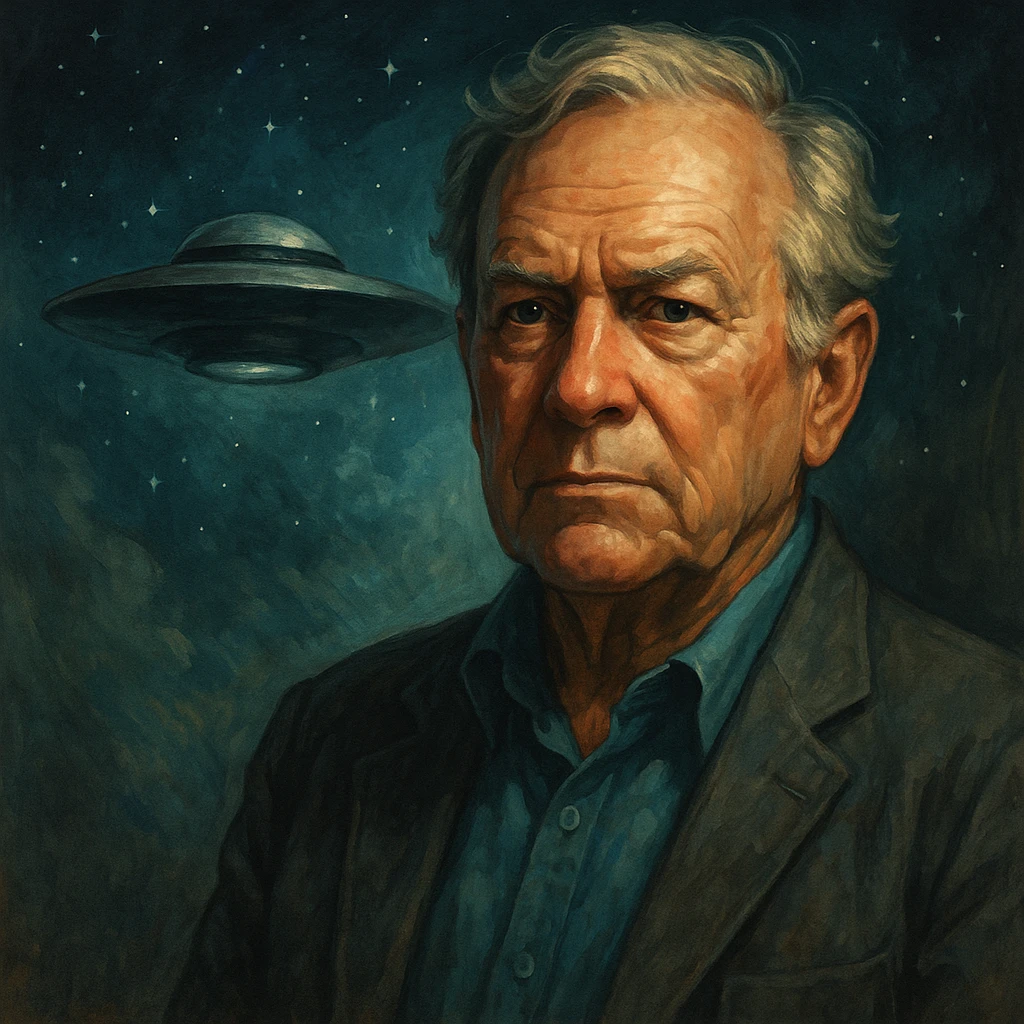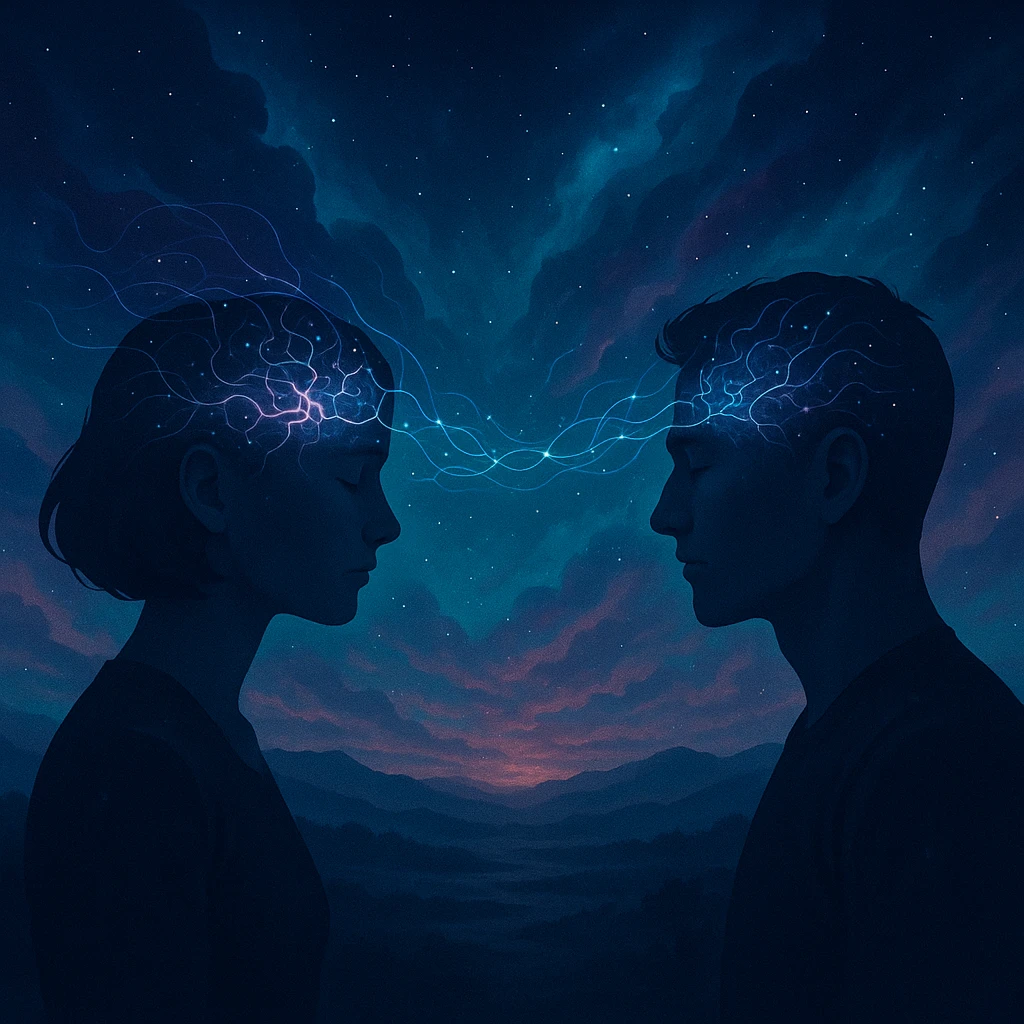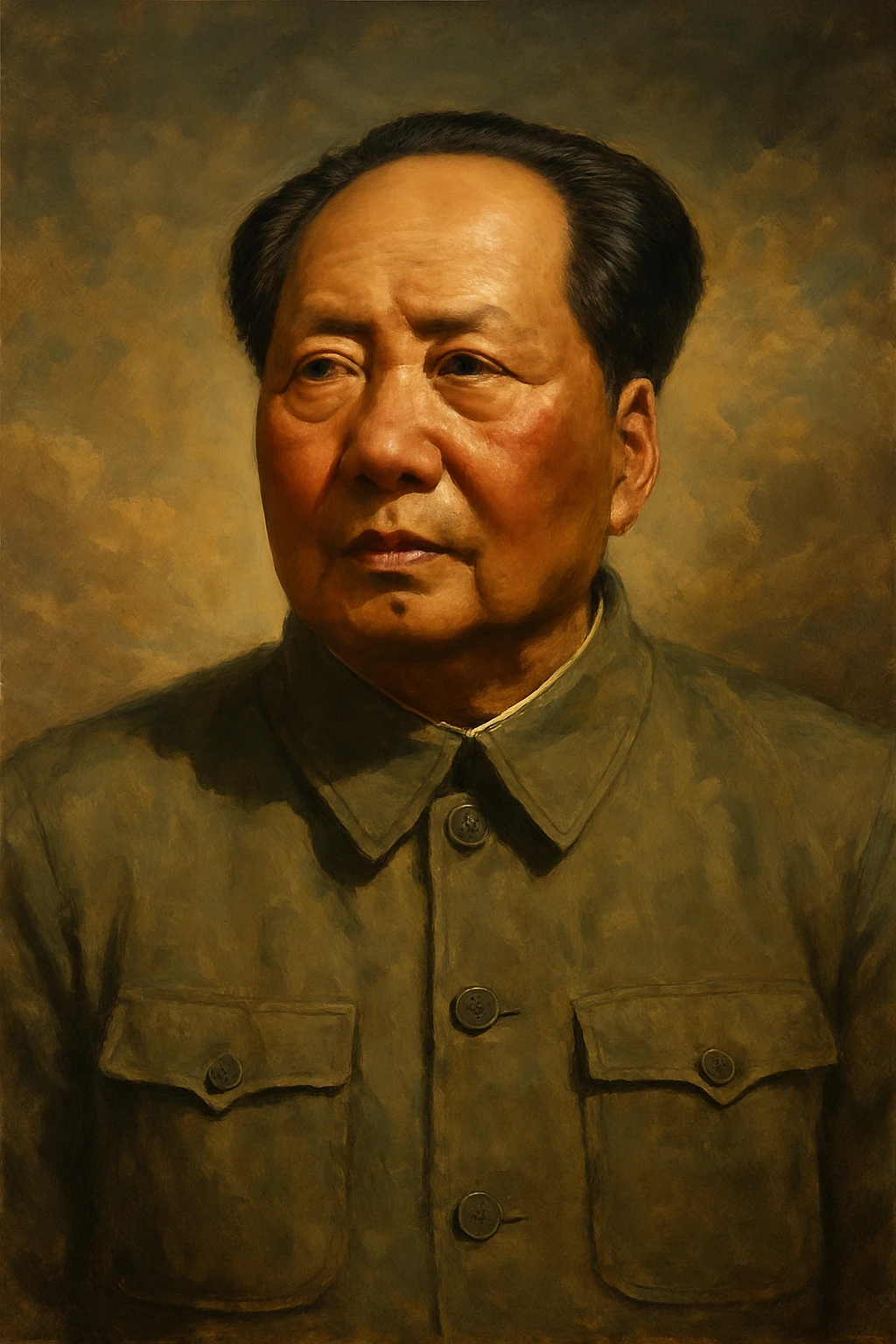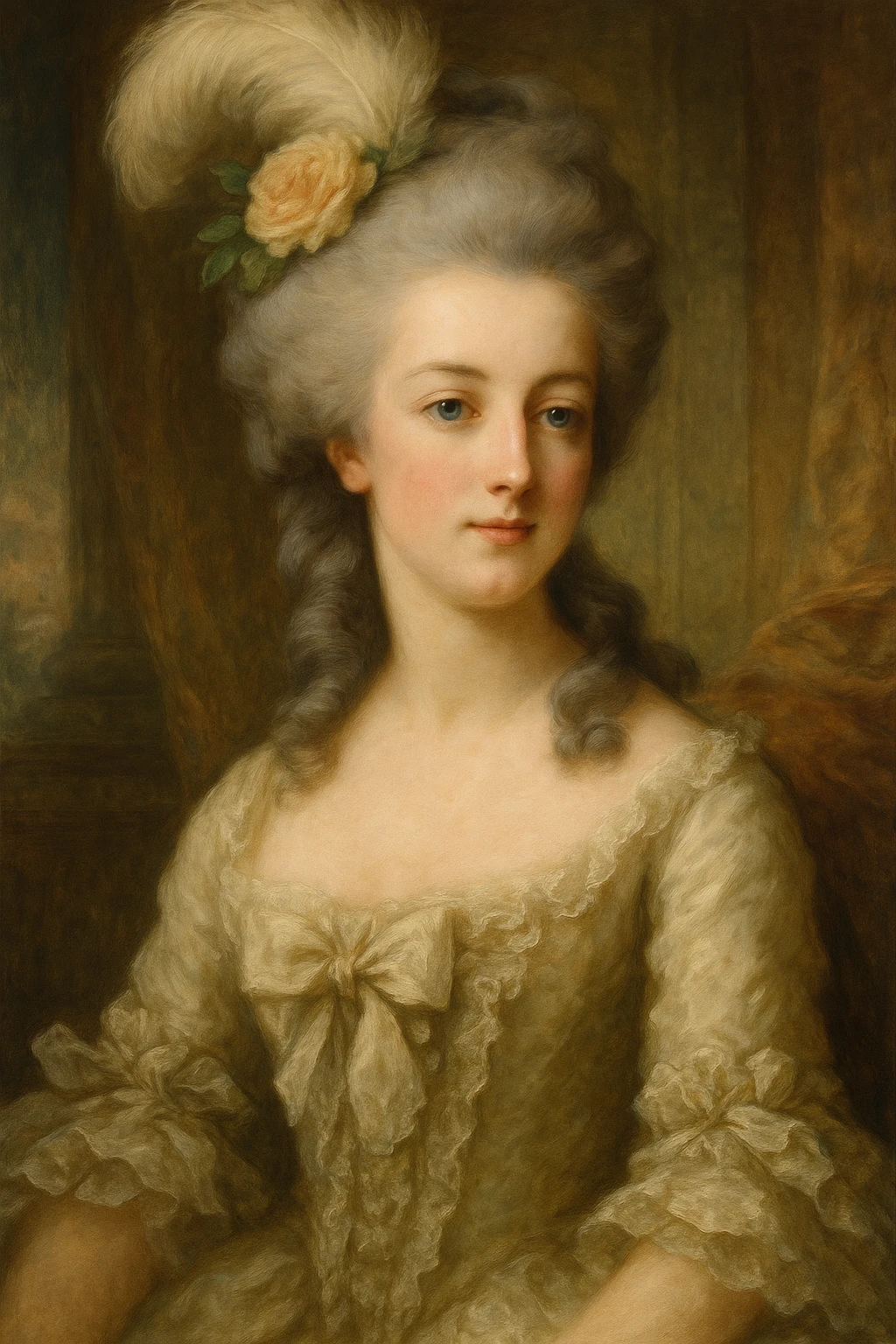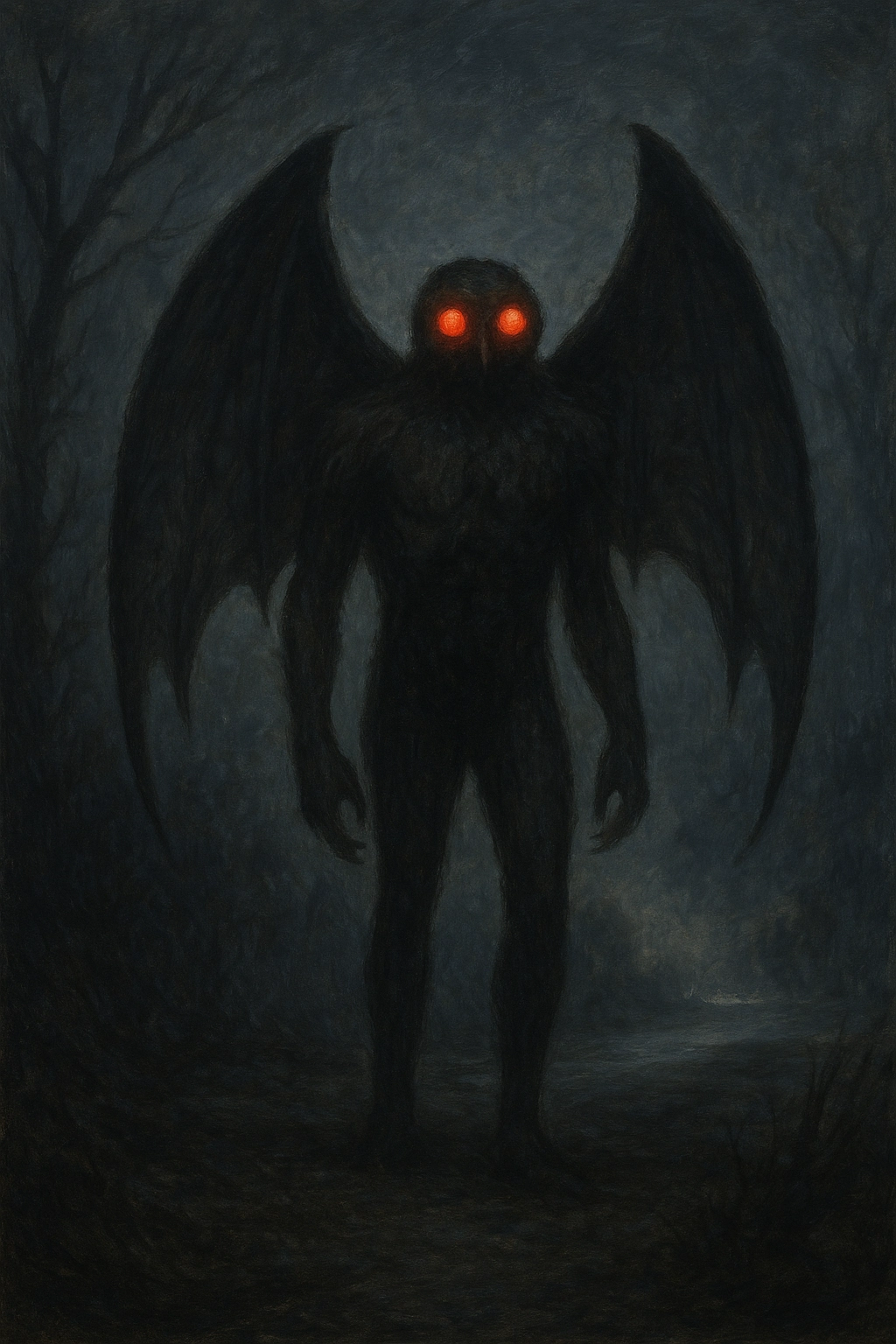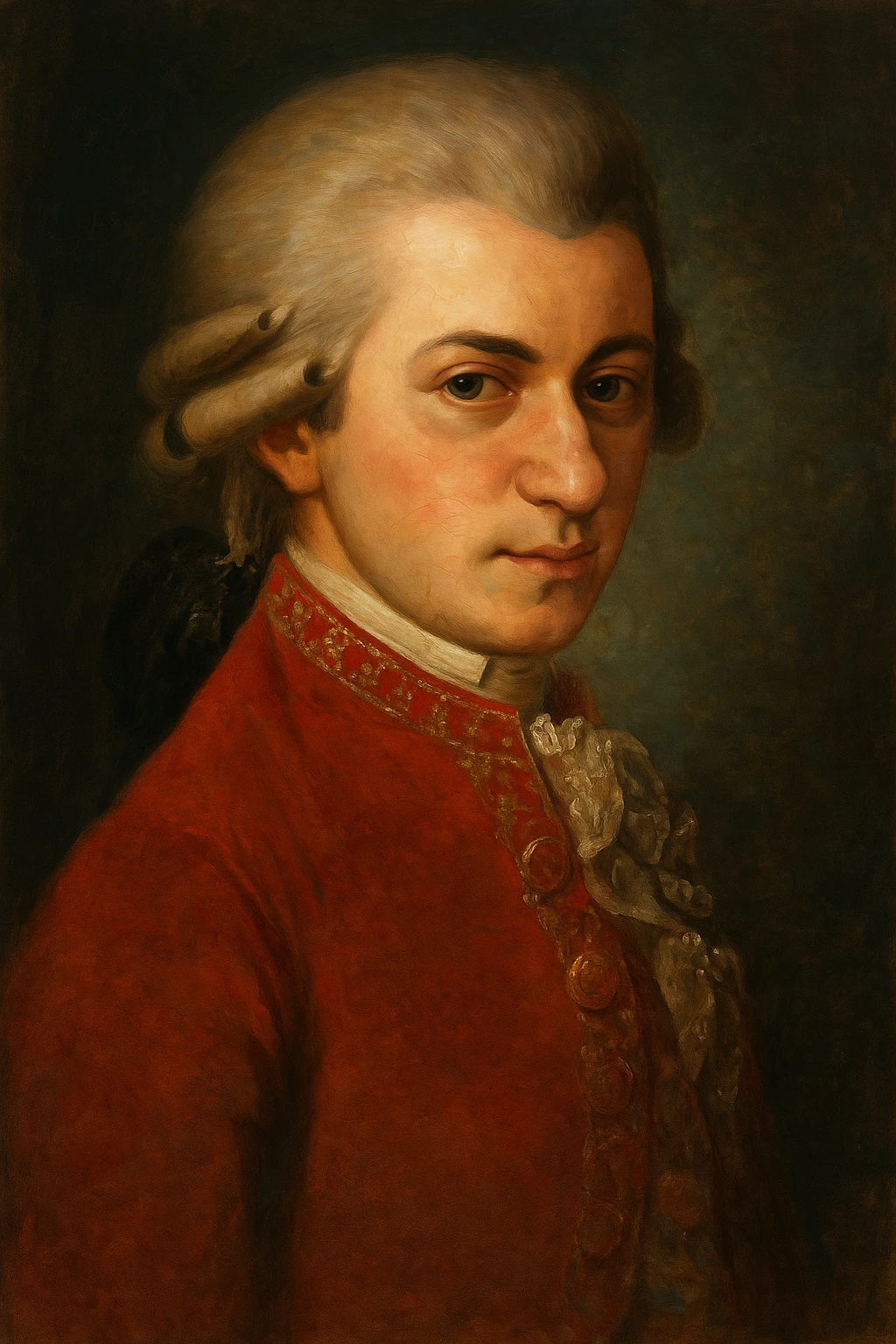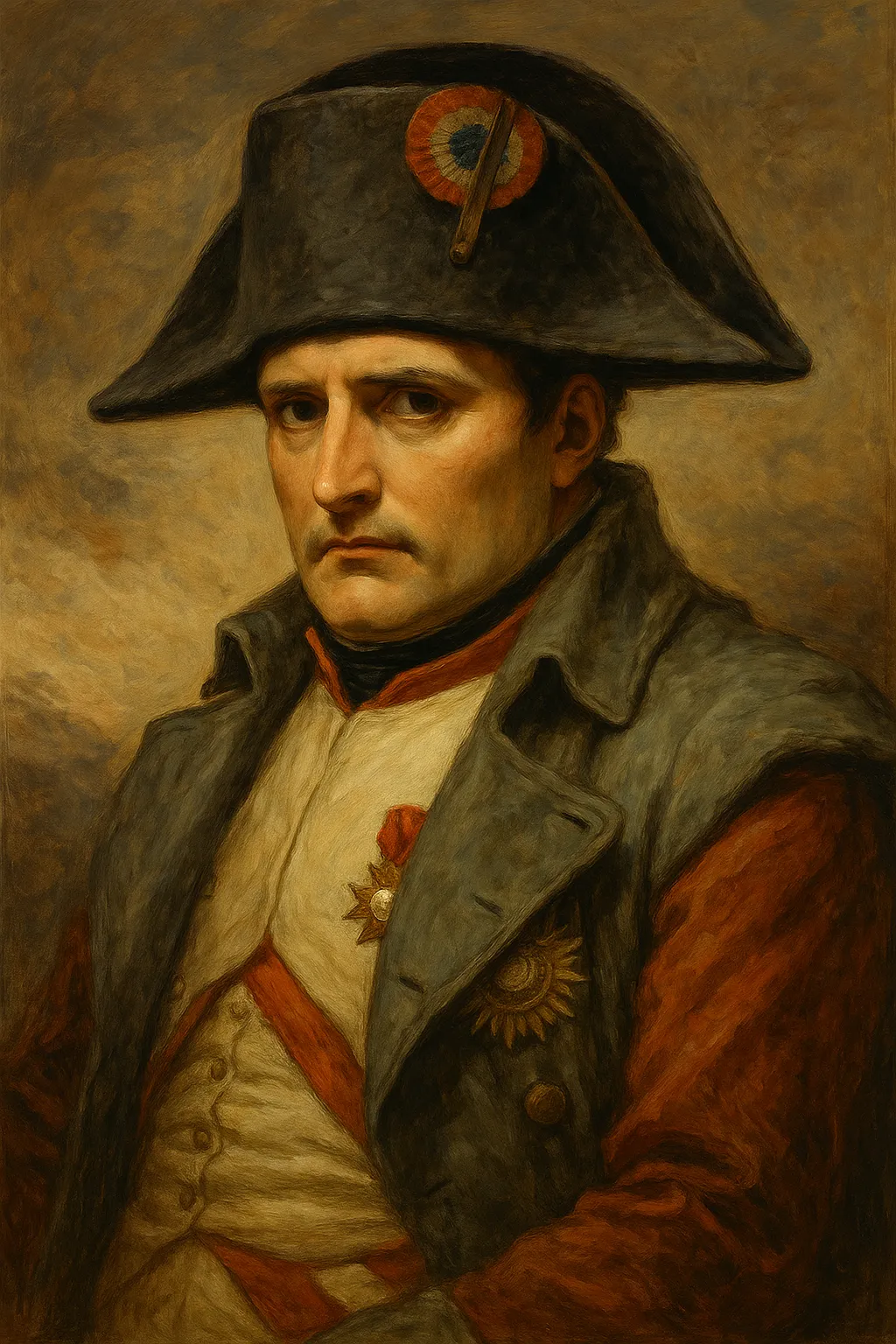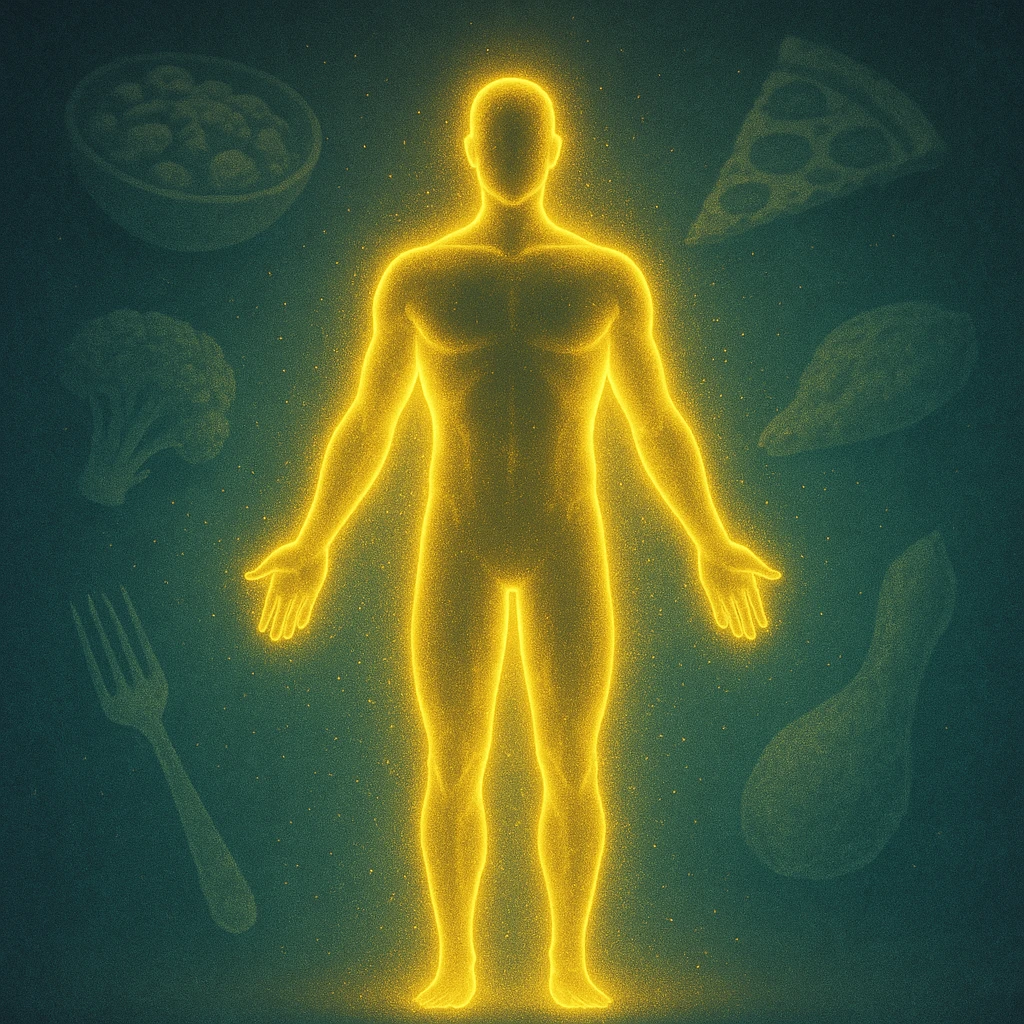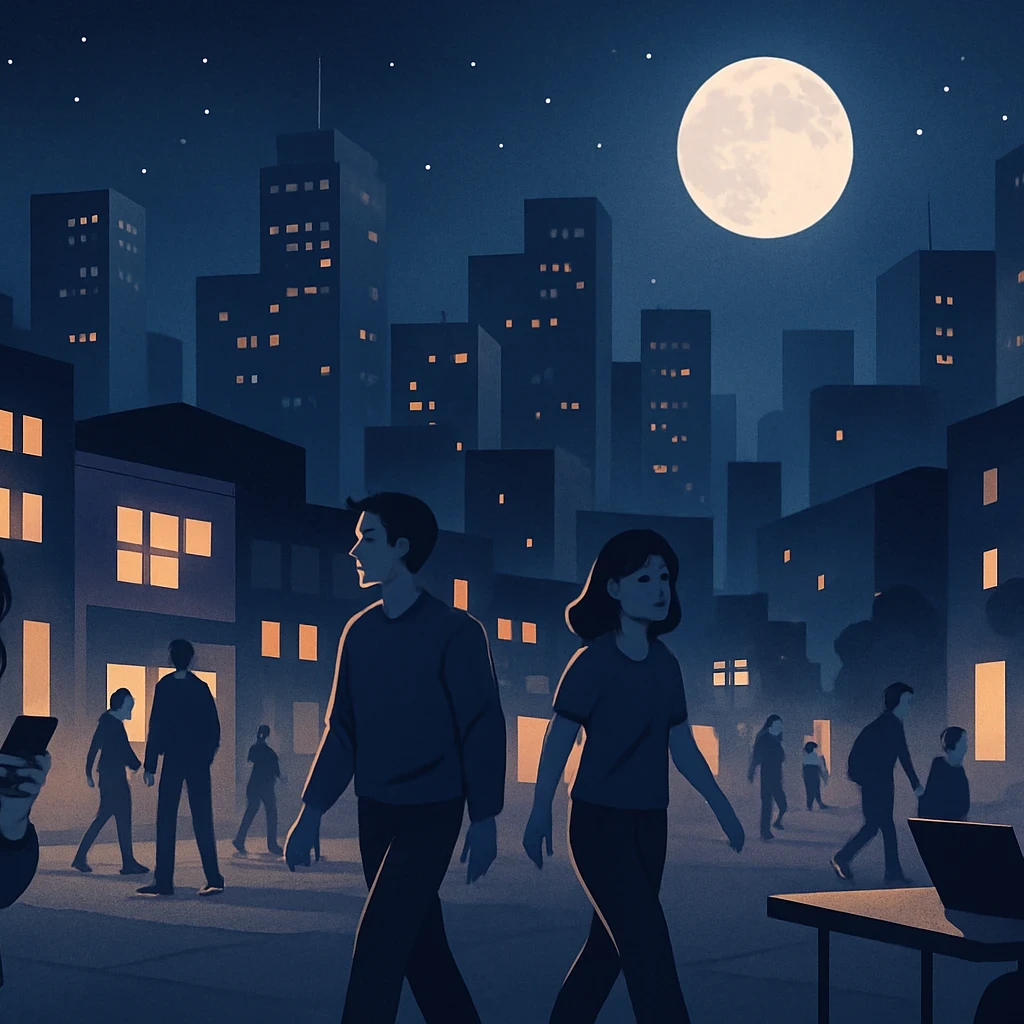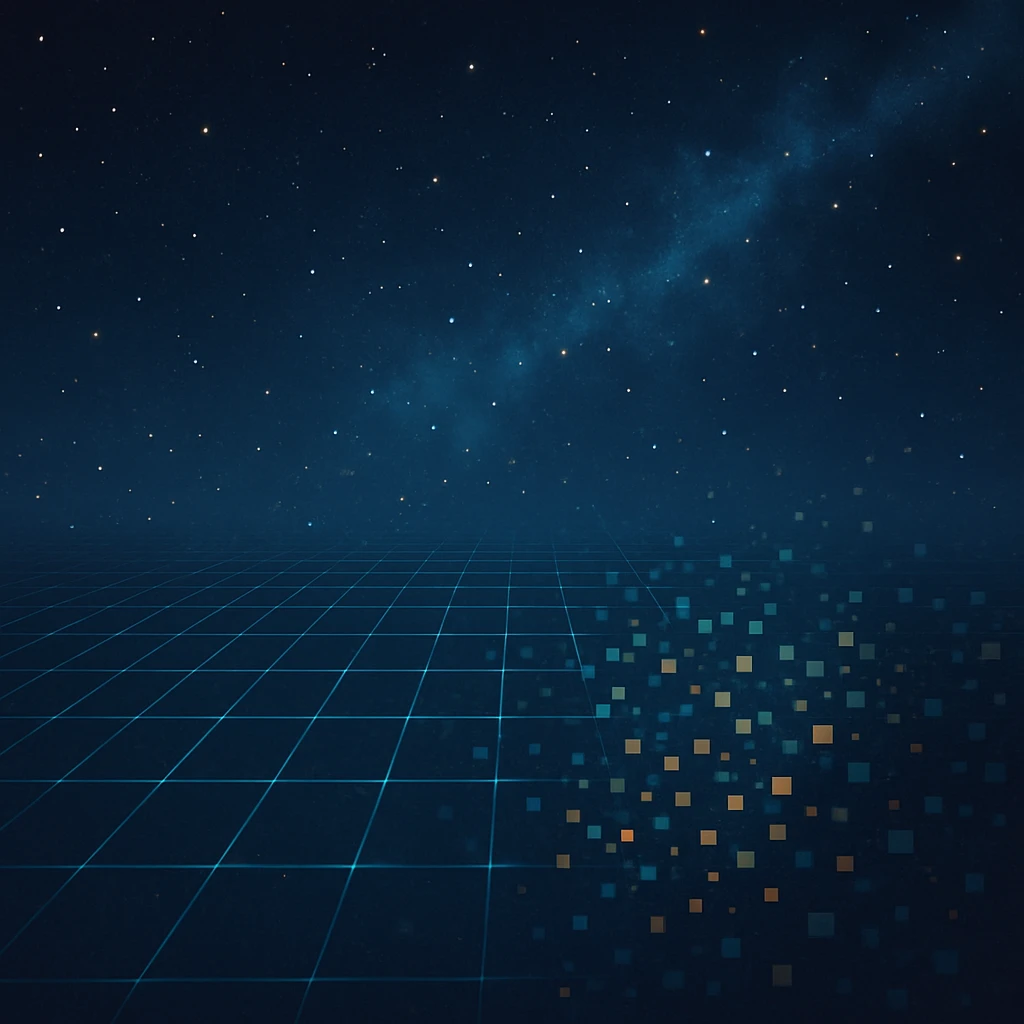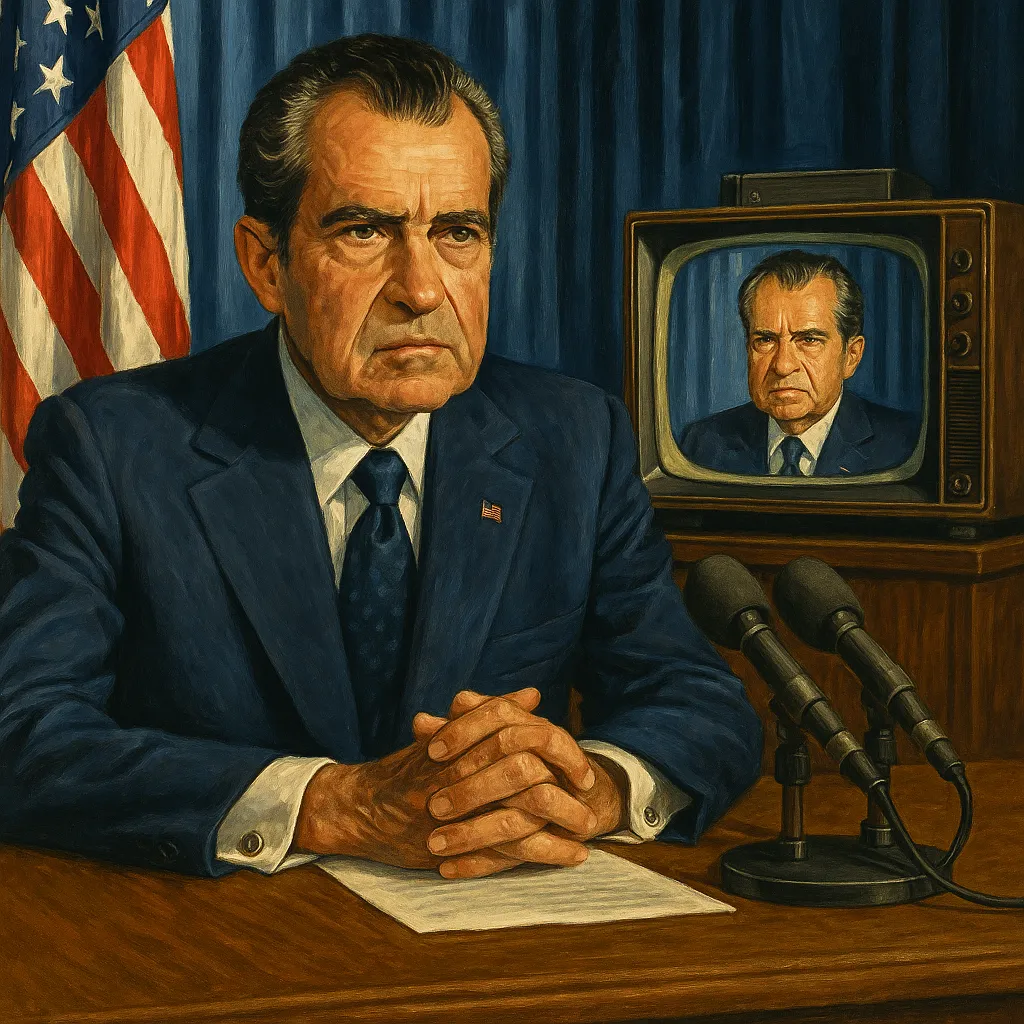Fascinating Facts About the Mind
Cognitive Bias
Definition
Cognitive biases are mental shortcuts or distortions in thinking that affect decision-making and judgment. They arise from the brain's attempt to simplify complex information.
Examples
Common biases include confirmation bias (favoring information that supports your beliefs), anchoring (relying too heavily on the first piece of info), and availability bias (judging likelihood based on memory ease).
Impact
Biases affect everything from jury decisions and hiring practices to investment strategies and personal relationships. They are often unconscious.
Correction
Awareness, education, and structured decision-making tools can help reduce bias. Techniques include slowing down decisions and seeking diverse perspectives.
Trivia
The field of behavioral economics uses cognitive bias research to explain consumer behavior, leading to changes in policy, marketing, and design.Deja Vu
Experience
Deja vu is the eerie feeling of having experienced something before, even though it's happening for the first time. It affects around 60 percent of people.
Explanations
One theory suggests a brief delay in processing causes the brain to mislabel the moment as a memory. Another involves mismatches in neural circuits.
Triggers
Stress, fatigue, and unfamiliar settings can increase the chances of deja vu. It is more common in younger adults and decreases with age.
Research
MRI studies suggest deja vu may originate in the temporal lobe, near the brain's memory centers. Some researchers view it as a sign of a healthy brain.
Trivia
The opposite of deja vu is jamais vu - when something familiar feels strangely unfamiliar. Both are normal and not linked to mental illness.Dreams
Sleep Stages
Most vivid dreaming occurs during REM (rapid eye movement) sleep, a stage when brain activity is high and the body is temporarily paralyzed.
Meaning
Some psychologists view dreams as symbolic messages from the unconscious. Others see them as random brain activity stitched into a narrative.
Functions
Dreams may help process emotions, consolidate memories, or rehearse survival scenarios. Lucid dreams occur when the dreamer becomes aware and can take control.
Recall
Most people forget 90 percent of their dreams. Keeping a journal upon waking can improve recall and pattern recognition.
Trivia
Blind individuals also dream, but their dreams involve sound, touch, and emotion rather than vision. Animals like dogs and cats also experience REM sleep.Flow
Definition
Flow is a mental state of deep focus, enjoyment, and full engagement in an activity. Time seems to vanish and actions feel effortless.
Conditions
Flow happens when skill level matches the challenge, distractions are minimal, and the task has clear goals and feedback.
Benefits
Flow enhances learning, creativity, productivity, and happiness. It is sought after in sports, arts, work, and gaming.
Science
Psychologist Mihaly Csikszentmihalyi coined the term and studied flow across cultures. Brain scans show reduced self-monitoring and high dopamine levels during flow.
Trivia
Some companies design workspaces and schedules to help employees enter flow more often, aiming to boost morale and output.Hypnosis
Process
Hypnosis involves focused attention, deep relaxation, and heightened suggestibility. It's often guided by a practitioner or through self-hypnosis techniques.
Uses
It is used in therapy to manage pain, phobias, addictions, and stress. Hypnosis can help patients change habits like smoking or overeating.
Science
Brain scans during hypnosis show altered activity in regions tied to attention and awareness. It is not sleep but a distinct brain state.
Myths
People under hypnosis are not unconscious or under control. They remain aware and cannot be forced to do anything against their will.
Trivia
Not everyone is equally hypnotizable. Studies show that about 10 to 15 percent of people are highly responsive, while others are minimally affected.Illusions
Perception
Visual illusions reveal how the brain interprets incomplete or misleading information. Examples like the Muller-Lyer illusion or the Ames room expose how context and perspective alter what we see.
Types
There are optical illusions, auditory illusions like the Shepard tone, and even tactile illusions. Each reveals quirks in how our senses feed data to the brain.
Applications
Artists and advertisers use illusions to direct attention and manipulate perception. Magic shows and theme park designs often rely on them for immersive effects.
Research
Neuroscience uses illusions to study vision, cognition, and consciousness. Illusions help pinpoint how the brain constructs reality from fragmentary data.
Trivia
Some illusions work across all cultures, while others vary depending on upbringing and language. This suggests both hardwired and learned aspects of perception.Intuition
Nature
Intuition is the ability to understand or sense something immediately without conscious reasoning. It's often described as a gut feeling.
Mechanism
It stems from the brain rapidly processing patterns and experiences stored in memory. The subconscious acts faster than deliberate thought.
Accuracy
Intuition can be surprisingly accurate in areas of expertise but prone to error when based on bias or insufficient data.
Applications
Used in creative work, leadership, and emergency response. Professionals often rely on intuition when time or data is limited.
Trivia
Studies show intuitive decisions are faster but not always better. Combining intuition with logic tends to yield the most effective outcomes.Meditation
Practice
Meditation involves focusing attention, often on the breath or a mantra, to calm the mind and enhance awareness. It dates back thousands of years.
Health Benefits
Regular meditation reduces stress, lowers blood pressure, improves sleep, and enhances emotional regulation. It is used in clinical therapy for anxiety and pain.
Brain Changes
Studies show meditation thickens areas of the brain linked to attention, memory, and compassion. Long-term practitioners exhibit different neural activity at rest.
Techniques
Popular methods include mindfulness, transcendental meditation, loving-kindness, and body scan. Apps and courses make it widely accessible today.
Trivia
Ten minutes a day can yield benefits. Meditation is now practiced by athletes, executives, students, and even soldiers to improve focus and resilience.Memory
Types
Memory is categorized into short-term, long-term, and working memory. Declarative memory stores facts, while procedural memory handles skills and habits.
Phenomena
False memories can be implanted or misremembered with surprising ease. The Mandela Effect describes collective misremembering of widely known facts.
Enhancement
Mnemonic devices, repetition, and visualization techniques can improve recall. Brain-training apps and memory courses are popular tools in education.
Diseases
Alzheimer's and dementia impair memory by damaging brain structures like the hippocampus. Early detection and mental stimulation can help delay symptoms.
Trivia
The average adult can store about seven items in short-term memory for roughly 20 seconds. This is why phone numbers and license plates are short.Neuroplasticity
Definition
Neuroplasticity is the brain's ability to reorganize itself by forming new neural connections throughout life. It underlies learning and recovery from injury.
Learning
Repeated practice strengthens neural pathways, making skills more automatic. This principle is key in education and training programs.
Injury Recovery
After strokes or trauma, other parts of the brain can sometimes take over functions of damaged areas. Physical and cognitive therapy often harnesses this ability.
Technology
Brain-computer interfaces and neurofeedback systems use neuroplasticity to help patients control devices or improve focus.
Trivia
The brain was once thought to stop changing after childhood, but research in the late 20th century proved it remains plastic throughout life.Placebo
Definition
A placebo is a treatment with no active ingredients that can still produce real effects if the recipient believes in its power.
Mechanism
Belief triggers the brain to release endorphins and activate natural healing pathways. Placebos often rival actual medication in mild conditions.
Ethics
Doctors rarely prescribe placebos directly but use them in controlled trials. Ethical questions arise when deception is involved, even with benefits.
Applications
Placebo responses have been observed in pain management, depression, and even Parkinson's. Open-label placebos - where patients are told it's fake - sometimes still work.
Trivia
Color, size, and price of a placebo can impact its effectiveness. People often respond better to expensive or branded sugar pills than plain ones.Placebo Effect
Definition
The placebo effect occurs when a person experiences real health improvements after receiving a treatment with no active ingredients.
Mechanism
Belief, expectation, and doctor-patient interaction can trigger brain changes that affect pain, mood, and immune response - even without medicine.
Medical Use
Placebos are often used in clinical trials to measure how much improvement is due to the actual treatment versus psychological response.
Controversy
While powerful, placebo use raises ethical questions. Deceptive use in real treatment is debated, but open-label placebos show promise.
Trivia
Placebos can affect heart rate, digestion, and hormone levels. Even fake surgeries have shown real results in some studies.Savants
Definition
Savants are individuals with profound mental disabilities who display extraordinary abilities in specific areas like music, math, or memory.
Types
Savant skills may be congenital or acquired after brain injury. Some have photographic memory, calendar calculation, or artistic mastery.
Cases
Famous savants include Kim Peek, the inspiration for the film Rain Man, and Stephen Wiltshire, who draws cityscapes from memory after a brief flyover.
Theories
Some believe savants access brain areas that are normally suppressed in most people. Others suggest extreme focus or compensation after brain damage.
Trivia
About half of known savants are autistic, but savantism can occur without autism. Most savants excel in only one narrow domain.Split Brain
Definition
Split brain refers to individuals who have had their corpus callosum severed, disconnecting communication between the left and right brain hemispheres.
Effects
These patients can perform tasks with one hand that the other side of the brain doesn't consciously register. One hand may even act against the other's intention.
Research
Studies by Roger Sperry and Michael Gazzaniga revealed how specialized each hemisphere is - language in the left, spatial awareness in the right.
Implications
The research deepened understanding of lateralization and consciousness. It challenged the idea of a single unified self.
Trivia
Some split-brain patients appear completely normal in daily life, yet lab tests reveal striking mental division and cognitive duality.Synesthesia
Phenomenon
Synesthesia is a condition where stimulation of one sense triggers an automatic, involuntary experience in another - like seeing colors when hearing music.
Types
Common forms include grapheme-color (seeing letters in color), sound-color, and lexical-gustatory (tasting words). Over 60 types have been documented.
Cause
It is believed to result from increased neural connections between sensory regions of the brain, possibly due to incomplete synaptic pruning in development.
Famous Cases
Artists and composers like Wassily Kandinsky and Duke Ellington reportedly had synesthesia, using it to enhance their creative work.
Trivia
Roughly 4 percent of people may have some form of synesthesia. It often runs in families and is more common among left-handed individuals.

